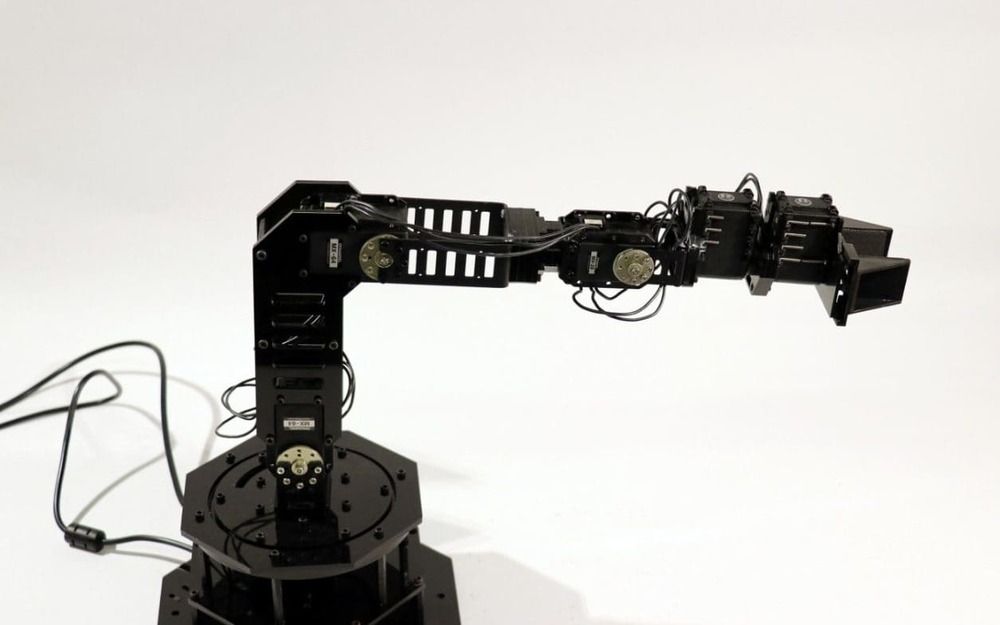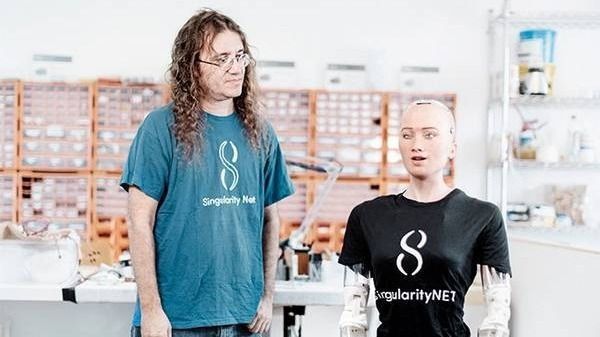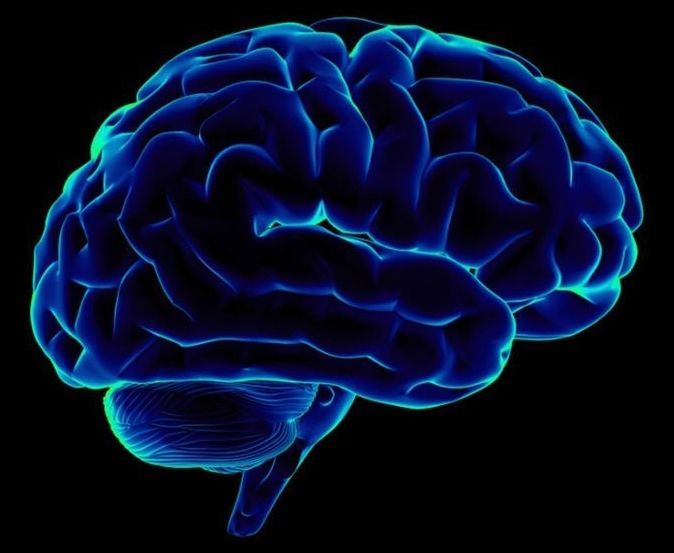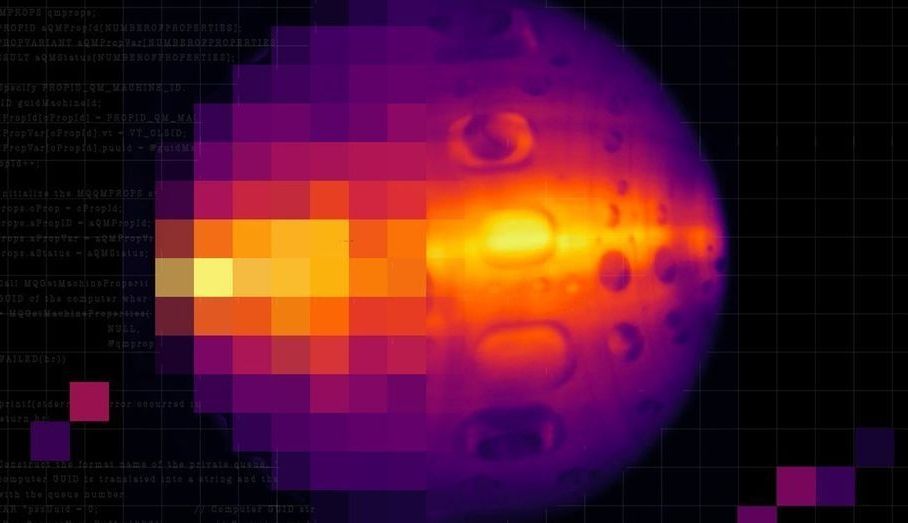Journalist Ashlee Vance travels to Montreal, Canada to meet the founders of Lyrebird, a startup that is using AI to clone human voices with frightening precision.
Hello World is a Webby and Emmy-nominated video series from Bloomberg that invites the viewer to come on a journey across the globe to find the inventors, scientists and technologists shaping our future. Join journalist and best-selling author Ashlee Vance on a quest to find the freshest, weirdest tech creations and the beautiful freaks behind them.
Watch more Hello World episodes: https://www.bloomberg.com/hello-world
Bloomberg is the First Word in business news, delivering breaking news & analysis, up-to-the-minute market data, features, profiles and more: http://www.bloomberg.com
Connect with us on…
Twitter: https://twitter.com/business
Facebook: https://www.facebook.com/bloombergbus…
Instagram: https://www.instagram.com/bloombergbu…
Twitter: https://twitter.com/business
Facebook: https://www.facebook.com/bloombergbusiness
Instagram: https://www.instagram.com/bloombergbusiness/








